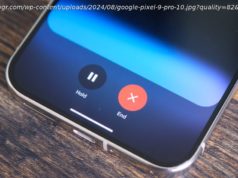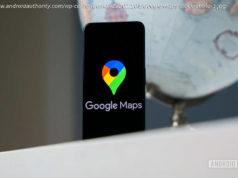Announced yesterday at Google’s opening I/O keynote, the Pixel 3a arrives at a tenuous time for the smartphone industry. Sales figures have stagnated for most of the major players in the industry — a phenomenon from which Google certainly isn’t immune. CEO Sundar Pichai discussed exactly that on the company’s Q1 earnings call last week. […]
Announced yesterday at Google’s opening I/O keynote, the Pixel 3a arrives at a tenuous time for the smartphone industry. Sales figures have stagnated for most of the major players in the industry — a phenomenon from which Google certainly isn’t immune.
CEO Sundar Pichai discussed exactly that on the company’s Q1 earnings call last week. “While the first quarter results reflect pressure in the premium smartphone industry,” he explained, “we are pleased with the ongoing momentum of Assistant-enabled Home devices, particularly the Home Hub and Mini devices, and look forward to our May 7 announcement at I/O from our hardware team.”
That last bit was a clear reference to the arrival of the new budget tier of Google’s flagship offering. The 3a is a clear push to address one of the biggest drivers of slowing smartphone sales. With a starting price of $399, it’s a fraction of the price of top handsets from competitors like Apple and Samsung.
There’s been a fairly rapid creep in flagship prices in recent years. Handsets starting at north of $1,000 hardly warrant a second glance anymore, while many forthcoming foldables are hovering around double that.
As Google VP of Product Management Mario Queiroz told me ahead of launch, “The smartphone market has started to flatten. We think one of the reasons is because, you know, the premium segment of the market is a very large segment, but premium phones have gotten more and more expensive, you know, three, four years ago, you could buy a premium phone for $500.






